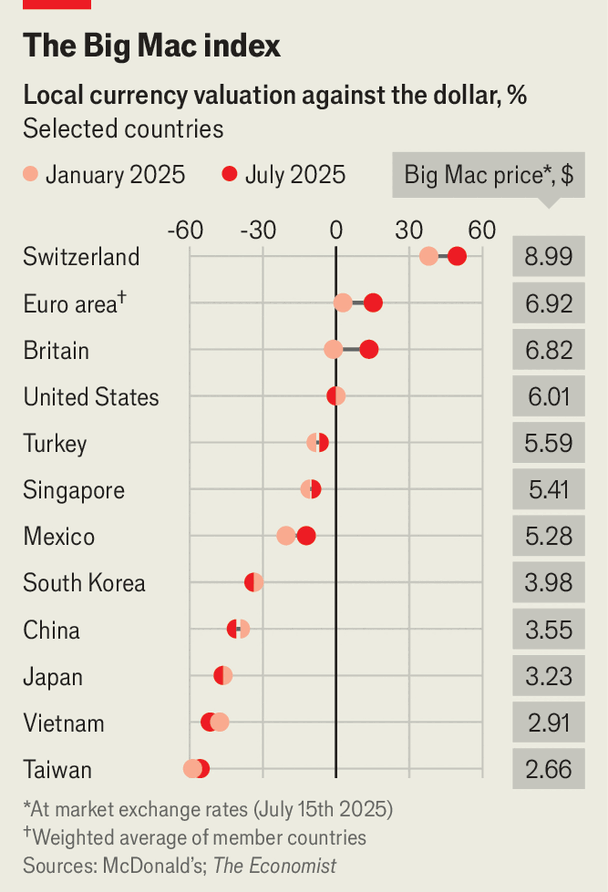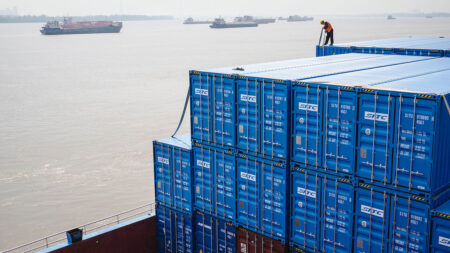As the economic landscape continues to evolve, America’s import duties are witnessing a significant escalation. Set to take effect on August 1st, tariffs on over 20 different countries, along with the European Union, will impose additional financial burdens unless negotiations yield favorable agreements prior to that date. This scenario has been influenced by a series of recent decisions, most notably remarks from President Donald Trump. On July 14th, he announced potential “secondary tariffs” that could reach a staggering 100% on nations engaged in trade with Russia, particularly as a form of leverage to expedite a peace agreement concerning the ongoing conflict with Ukraine; this agreement is expected to be reached within a striking 50-day window.
President Trump’s directive to implement such harsh tariffs underscores a strategic, albeit controversial, approach to international relations and trade negotiations. However, it’s essential to approach these threats with a degree of skepticism—historically, Trump’s administration has sometimes retreated from aggressive trade postures when market conditions began to exhibit instability. Despite these nuances, the trajectory of America’s tariff policies is increasingly clear and ominous, revealing a marked shift in trade dynamics. The average effective tariff rate in America has sharply risen, increasing from a mere 2.5% last year to an alarming 10% within a short period. This political and economic maneuvering reflects deeper tensions and the complexities associated with global trade.
The current tariff situation is revealing not just about America’s stance but also provides insight into the broader implications of these decisions on international relations. Countries that find themselves impacted by these tariffs may face increased economic pressures that can strain alliances and trade partnerships. For instance, nations currently engaged in negotiations with Russia over Ukraine may hesitate to take a definitive stand due to the looming threat of tariffs, inadvertently affecting diplomatic relations and trade dynamics not only with the U.S. but also amongst themselves.
Moreover, this situation raises questions about the possible reactions of the nations subjected to these new tariffs. Countries may adopt various approaches, including forming new trade alliances, increasing exports to nations not affected by the tariffs, or pursuing legal action through international trade agreements that safeguard against such protectionist measures. The response from the European Union, a significant global trading bloc, will be particularly crucial. With the EU economy interlinked with the American market, the ramifications of these tariffs could extend beyond simply bilateral trade, impacting global supply chains and pricing mechanisms.
Additionally, it is vital to consider how these rising import duties will affect American consumers. The increased cost of importing goods will likely be passed down to consumers, leading to higher prices on everyday products. These developments will not only challenge American households but also revisit the ongoing debate regarding the protection of domestic industries versus the risk of inflation and diminished purchasing power for families across the nation. The tipping point between protecting local jobs and maintaining affordable prices is increasingly difficult to navigate.
In summary, the rising wave of America’s import duties driven by an aggressive geopolitical stance and tariff strategy poses multifaceted challenges not only for foreign countries but also for the U.S. economy and its citizens. Remaining vigilant in the face of swift governmental policies while weighing both immediate and long-term consequences will be crucial as trade relations evolve. The situation remains fluid, ripe with both opportunities and challenges that will undoubtedly shape the contours of international trade, economic security, and diplomatic alignments for years to come.









